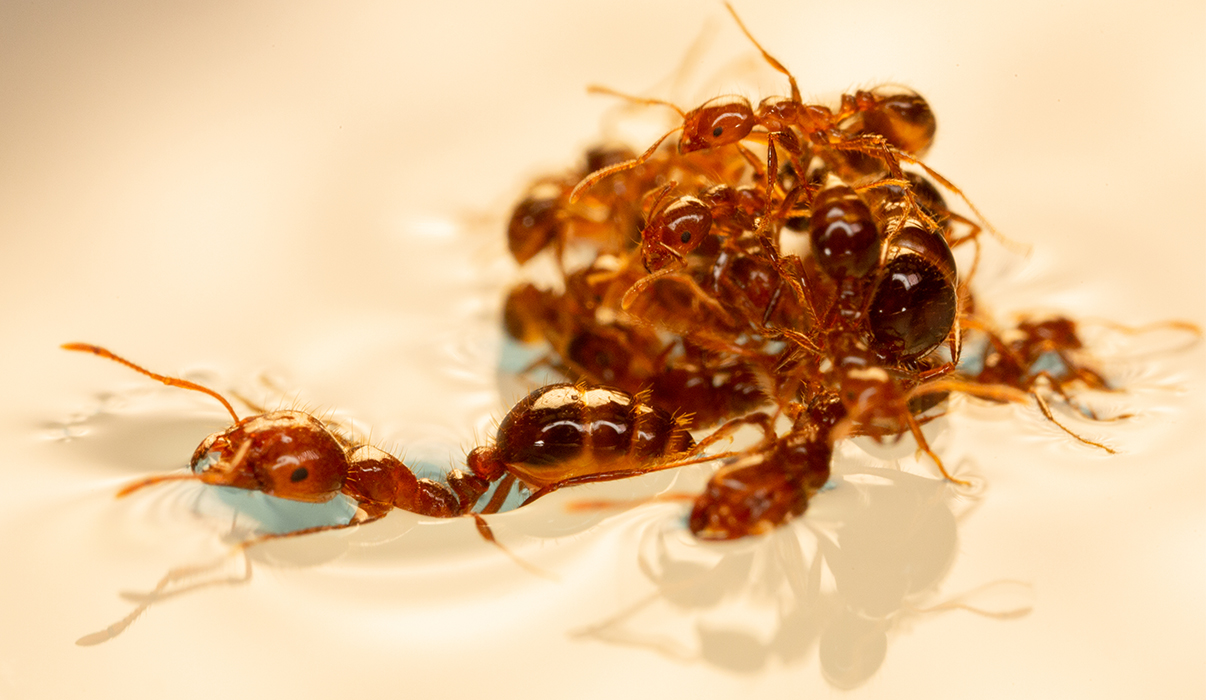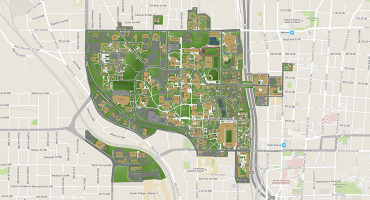Ever stare at those last few pieces of breakfast cereal and watch them seemingly clump together or cling to the side of the bowl?
Scientists have dubbed it the “Cheerios effect,” the combination of forces causing those clumps. Researchers at Georgia Tech have discovered those same forces draw small numbers of ants together to begin to form water-repellent ant rafts — even though the ants seem to be uninterested in collaborating with their neighbors for survival.
Described in the journal Physical Review Fluids, their study explains for the first time the underlying forces at play in attracting ants to each other. Ants clump together into rafts to survive during flooding, and the team determined it takes exactly 10 ants to form a stable raft.
“I think the surprising thing here is that ants prioritize exploration, actively avoiding each other on the water surface. They instead rely on physical forces to bring them together — the Cheerios effect,” said Hu, professor in the George W. Woodruff School of Mechanical Engineering and the School of Biological Sciences. “Previously, we only studied the change in the shape of the raft once formed; we never asked how ants find each other on the water surface.”



